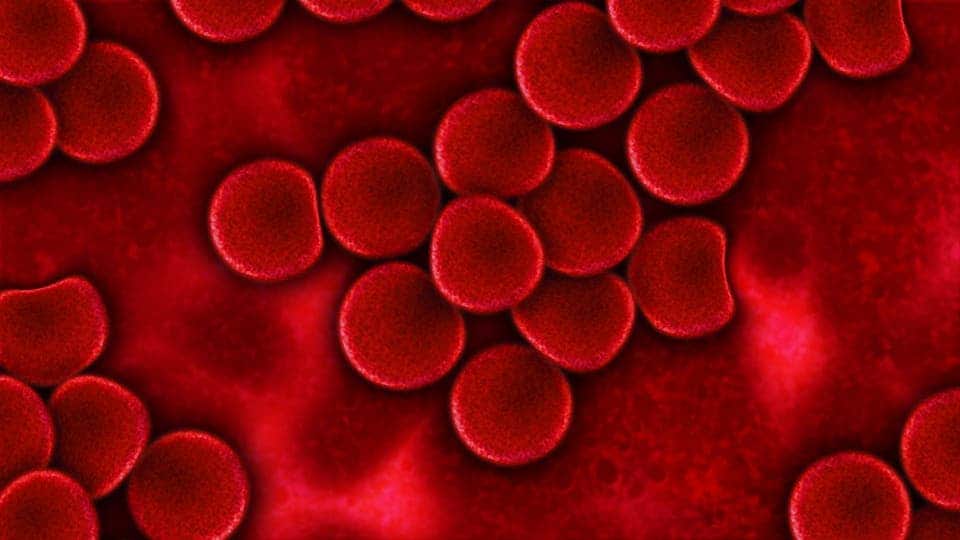Researchers from Lund University in Sweden and the Center of Regenerative Medicine in Barcelona have identified four sequences of genetic code that can reprogram mice skin cells to produce red blood cells. If this method can be used on human tissues, it would provide a reliable source of blood for transfusions and people with anemia.

Image via pixabay
While (almost) each of us has a unique genetic make-up, it’s a different story for our cells. DNA holds the entirety of the body’s genetic information, and all of an individual’s cells contain exactly the same DNA strands nestled in their nucleus.
It’s an all-encompassing instruction manual, and everything that our bodies can do — from growing hair and nails to developing the brains that allow you to read this now — is written down in it. But then, why aren’t all out cells identical?
Well, cells differentiate because each one only has access to certain parts of this database; they’re allowed to read the chapters that explain how to do their particular job. The Lund research group wanted to find out if cells can be coaxed into accessing different chapters of DNA — specifically, the one governing the production of erythrocytes, or red blood cells.
“We have performed this experiment on mice, and the preliminary results indicate that it is also possible to reprogram skin cells from humans into red blood cells,” says Johan Flygare, manager of the research group and in charge of the study.
“One possible application for this technique is to make personalised red blood cells for blood transfusions, but this is still far from becoming a clinical reality.”
The team used a retrovirus to add combinations of over 60 genes into the skin cells’ genome, then culturing them to see the results. One day, the team found that their cultured cells had converted to red blood cells.
“This is the first time anyone has ever succeeded in transforming skin cells into red blood cells, which is incredibly exciting,” says Sandra Capellera, doctoral student and lead author of the study.
The study found that out of 20,000 genes, only four are necessary to reprogram skin cells to start producing red blood cells. But you have to use all four in order for it to work.
“It’s a bit like a treasure chest where you have to turn four separate keys simultaneously in order for the chest to open,” explains Sandra.
The discovery is significant from several points of view. Biologically, it will help us better understand the systems that govern cells and their differentiation, paving the way for future cellular applications. From a more practical standpoint, this finding could provide an answer to the ever-growing need for blood donors, as Johan Flygare explains:
“An aging population means more blood transfusions in the future. There will also be an increasing amount of people coming from other countries with rare blood types, which means that we will not always have blood to offer them.”
There are millions of people in the world suffering from anemia, or insufficient blood cells. Patients with chronic anemia are among the most problematic, as they require regular blood transfusions from various donors. In some rare cases, the patient can develop a negative response to the blood — they become allergic to it. But this method would allow to create blood for a patient starting with their own cells. Their blood, for all intents and purposes.
However, further studies on how the generated blood performs in living organisms are needed before that, the team says.
The full paper, titled “Defining the Minimal Factors Required for Erythropoiesis through Direct Lineage Conversion” has been published online in the journal Cell Reports and can be read here.






